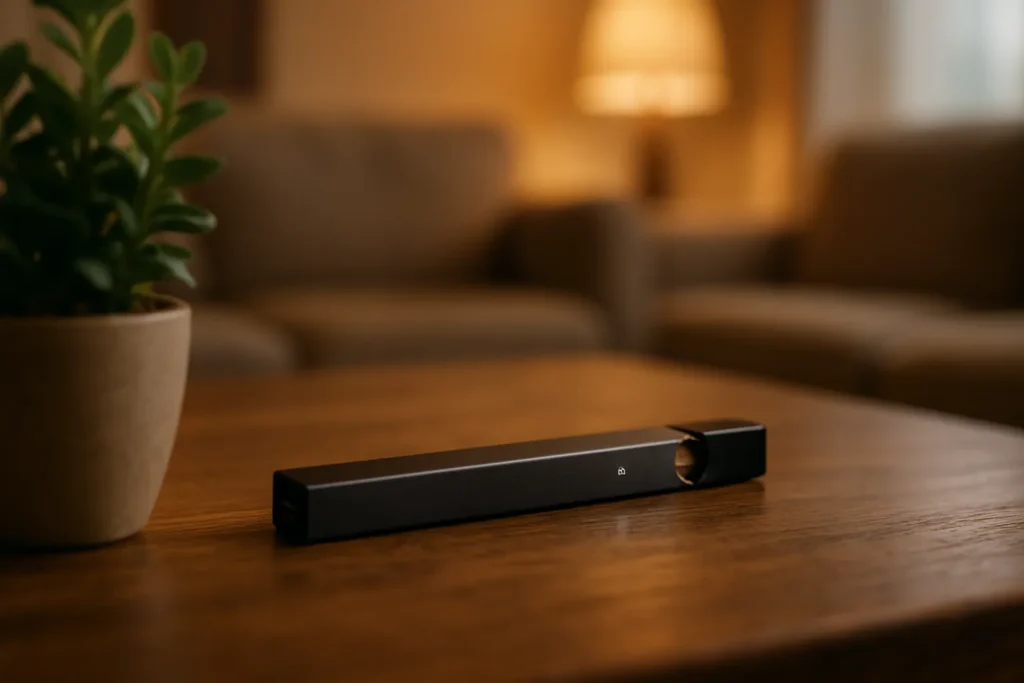After Years of Controversy, Juul Gets a Federal Reprieve
Picture this: It’s 2019, and high school bathrooms from New York to Nebraska are crowded with teens sneaking puffs from sleek, USB-like devices filled with flavored nicotine vapor. Juul was rapidly becoming a household name—not for its ability to help smokers quit, but for igniting what many called a teenage vaping epidemic. Fast forward to 2024, and the landscape has shifted yet again. The U.S. Food and Drug Administration has made a remarkable turnaround, authorizing Juul Labs to legally market its tobacco and menthol e-cigarettes after a two-year ban. The move reignites an ongoing debate at the intersection of public health, personal freedom, and corporate accountability.
So how did we get here? In 2022, escalating concern over youth vaping and aggressive marketing toward minors led federal regulators to ban Juul’s products outright, alleging insufficient evidence regarding their health impact and role in skyrocketing teen use. The company’s flashy fruit and candy flavors—now long discontinued—were a particular source of alarm. Facing civil lawsuits and near bankruptcy, Juul regrouped, retooled, and submitted thousands of pages of scientific data in a calculated bid for redemption.
According to the FDA’s review, Juul managed to demonstrate that its tobacco and menthol products—used by an estimated two million adults to quit traditional cigarettes—could provide “more benefit than harm,” at least for smokers unable to quit by other means. This is no small feat, especially as anti-tobacco advocates and parents’ groups argue the decision undercuts years of progress in curbing youth nicotine addiction.
The Science, the Spin, and the Unfinished Fight Against Youth Vaping
Supporters of the FDA’s decision point to mounting, peer-reviewed evidence: E-cigarettes are, while far from harmless, generally less toxic than combustible cigarettes. Adult smokers who switch completely to vaping can lower their exposure to myriad carcinogens and toxins found in regular tobacco smoke—facts echoed in research from institutions like Harvard’s T.H. Chan School of Public Health. Juul’s CEO, K.C. Crosthwaite, was quick to trumpet the ruling as “an important step toward making cigarettes obsolete.” Juul’s goal, he claims, is to crowd out the flood of Chinese-made disposable vapes that saturate the market—devices that often contain unknown chemicals and are favored by price-sensitive teens.
Yet, public health realities complicate this narrative. The CDC’s 2024 National Youth Tobacco Survey revealed a sobering statistic: more than 1.6 million middle and high school students use e-cigarettes regularly, with nearly 90 percent preferring flavored varieties. While Juul’s newly authorized pods are limited to tobacco and menthol, critics remain concerned that any highly addictive nicotine product with a sleek, tech-inspired design will inevitably attract young users. The premise that restricting flavors alone will stem the youth vaping tide is, at best, untested—and at worst, wishful thinking. States like California have attempted to implement flavor bans, only to watch illicit markets spring up in their place, undercutting both safety and regulatory intent.
What’s more, the FDA’s green light does not equate to a ringing endorsement of safety. As the agency itself clarified, these products “are not safe nor FDA approved”—they are simply authorized for legal sale under highly specific circumstances. The Supreme Court’s 2025 decision affirming the FDA’s broad regulatory authority over e-cigarettes solidifies the agency’s grip, but it does not guarantee judicious or effective oversight. The question lingers: Can the FDA balance harm reduction for adults against the real risks to an impressionable new generation?
“Allowing Juul back on the market is an admission that we still don’t have a national strategy to prevent youth nicotine dependence—we’re patching holes in a leaky boat as the tide rises.”
This sentiment, echoed by Stanford pediatrician and anti-tobacco researcher Dr. Bonnie Halpern-Felsher, highlights a core flaw in current policy: the United States is often playing catch-up, rather than proactively protecting public health.
Progressive Solutions: Harm Reduction, Accountability, and Equity
Beyond that, the progressive path forward must prioritize robust harm reduction tools without sacrificing protections for kids. So far, the FDA has greenlighted more than 20 vaping products—nearly all produced by Big Tobacco interests. Meanwhile, the market is awash in cheap, unregulated, fruit-flavored disposables. This dual reality only deepens public mistrust and makes thoughtful policy elusive. According to a Pew Research Center study, a growing majority of Americans favor stricter youth access laws, stronger marketing regulations, and increased support for smokers trying to quit—all of which could coexist with regulated adult use.
Real reform may require Congress to step in, closing loopholes that let flavored disposables proliferate online and in corner stores, out of reach of effective FDA enforcement. Taxing nicotine products at levels calibrated to deter youth while not punishing adults seeking less-harmful alternatives is a delicate but feasible balance, as countries like the UK have demonstrated. And rather than letting Juul and its industry peers write their own redemption arc, federal agencies should demand ongoing transparency, longitudinal health studies, and real accountability for youth exposure spikes.
The stakes could not be higher. Smoking remains the nation’s leading cause of preventable death, and adults desperate to quit deserve better choices. But parents also remember the predatory tactics Juul deployed at its peak—social media blitzes, influencer campaigns, and covertly flavored pods—that lured a generation into nicotine dependence. History tells us that corporate self-policing lasts only as long as profits are secured. A closer look at the past two years—the legal battles, the near collapse of Juul, and the grassroots advocacy that forced the FDA to revisit its evidence—proves that vigilance, not corporate goodwill, drives change.
Consumer safety, public health, and personal autonomy frequently clash at the crossroads of innovation and profit. The next chapter in America’s vaping saga depends not only on FDA decisions but on a mobilized, well-informed public demanding policies that value both social justice and long-term collective well-being. Ensuring that another generation doesn’t fall prey to Big Nicotine’s playbook will require far more than a regulatory U-turn.

